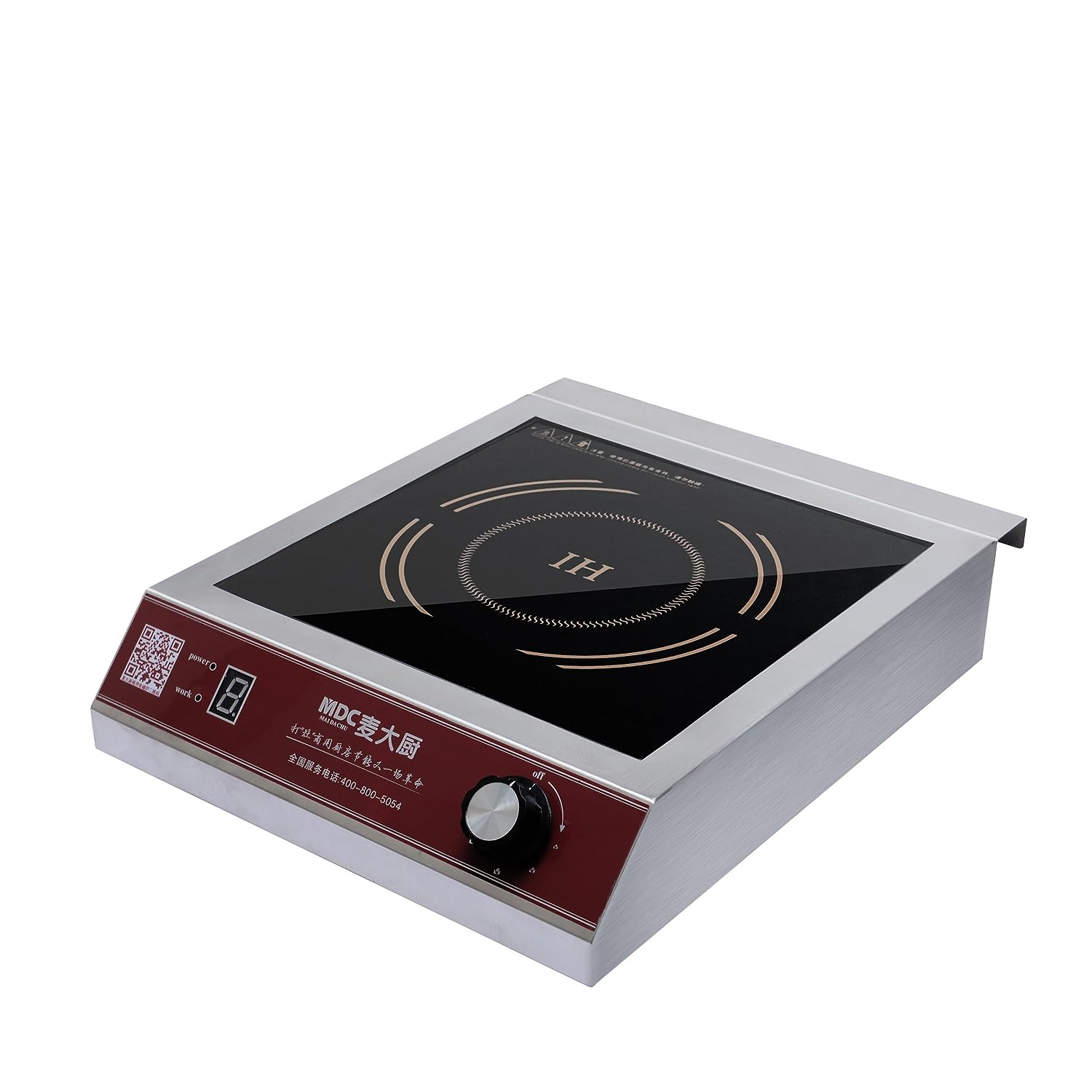The thread being quoted is mine. The over heating reason for the diffuser plate not work did not show that the plate was helping. It was just the opposite. Induction works well because it transfers the heat directly into the liquid. What the plate did was transfer heat back into the induction hob and cause it to over heat. Useful heat was being lost.
A thin wall pot is actually better at transferring the heat from an induction plate to the liquid. A clad pot will transfer heat over a wider area, but will also lose heat that would have gone into the liquid. The advantage of a clad pot is less chance of scorching when using it for cooking, but when used for boiling this not an advantage.
I'm guessing that the guy using a heat stick to compliment his induction is not insulating well or he's just looking for faster times. More is always going to be faster. This hob is only 3500W so bringing large amounts of fluid to a boil can be difficult, but I've been successful at boiling 14-1/2 gallons in my single wall Bayou pot that they claim is 304 stainless.



